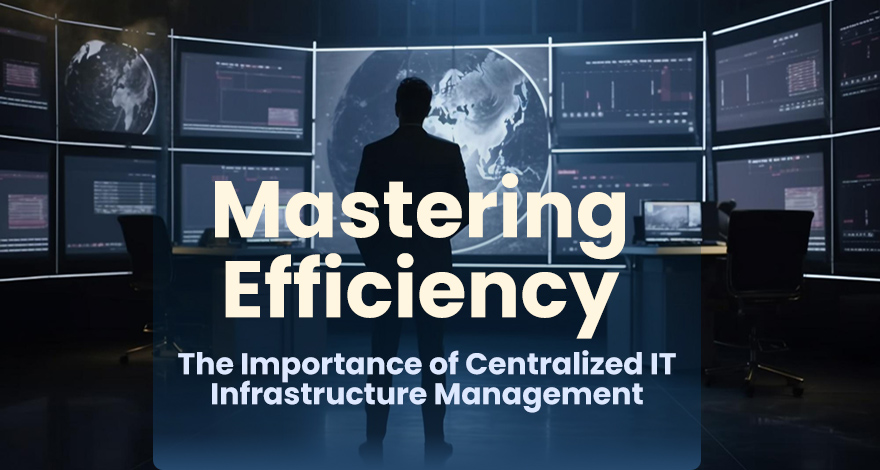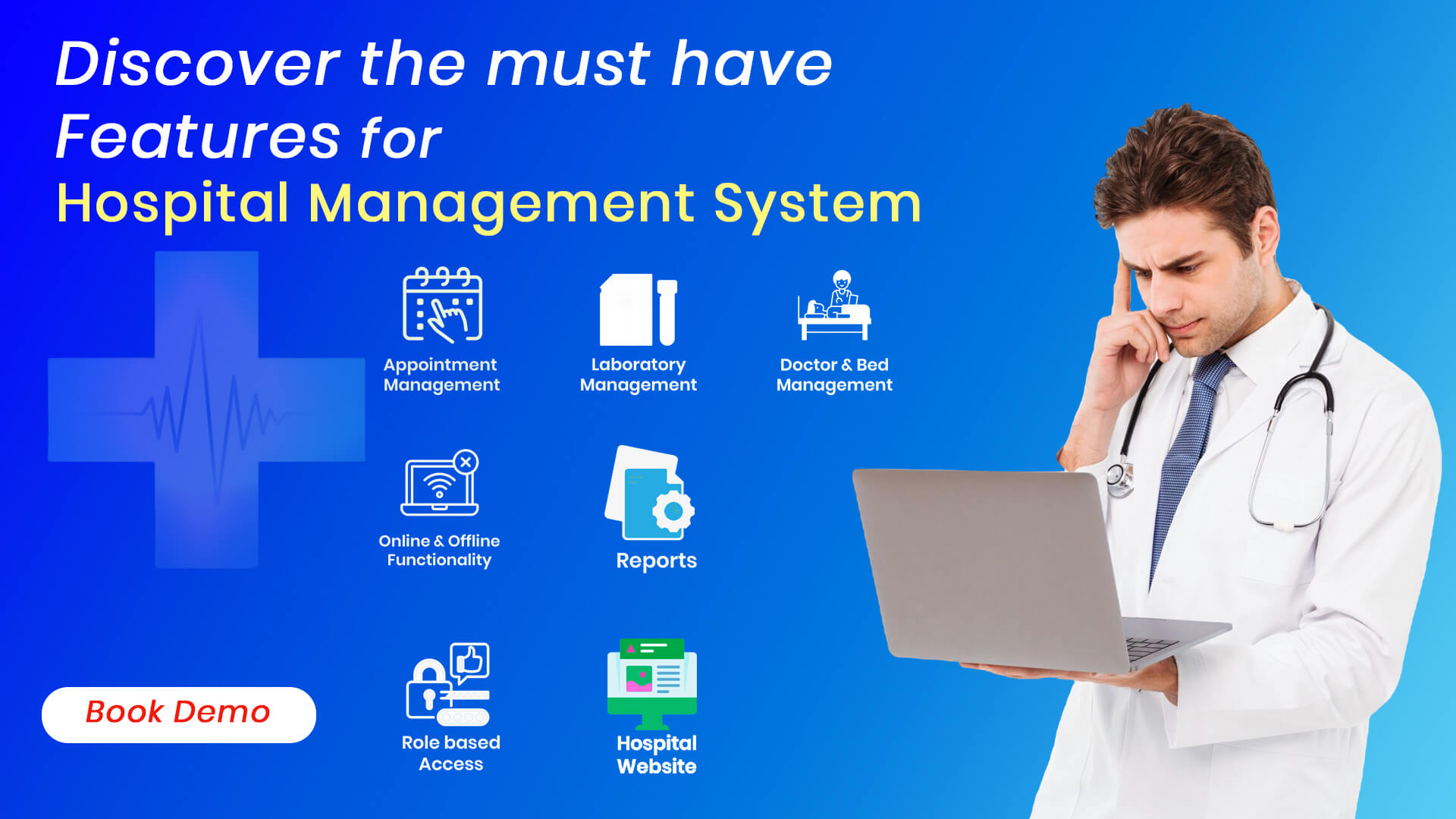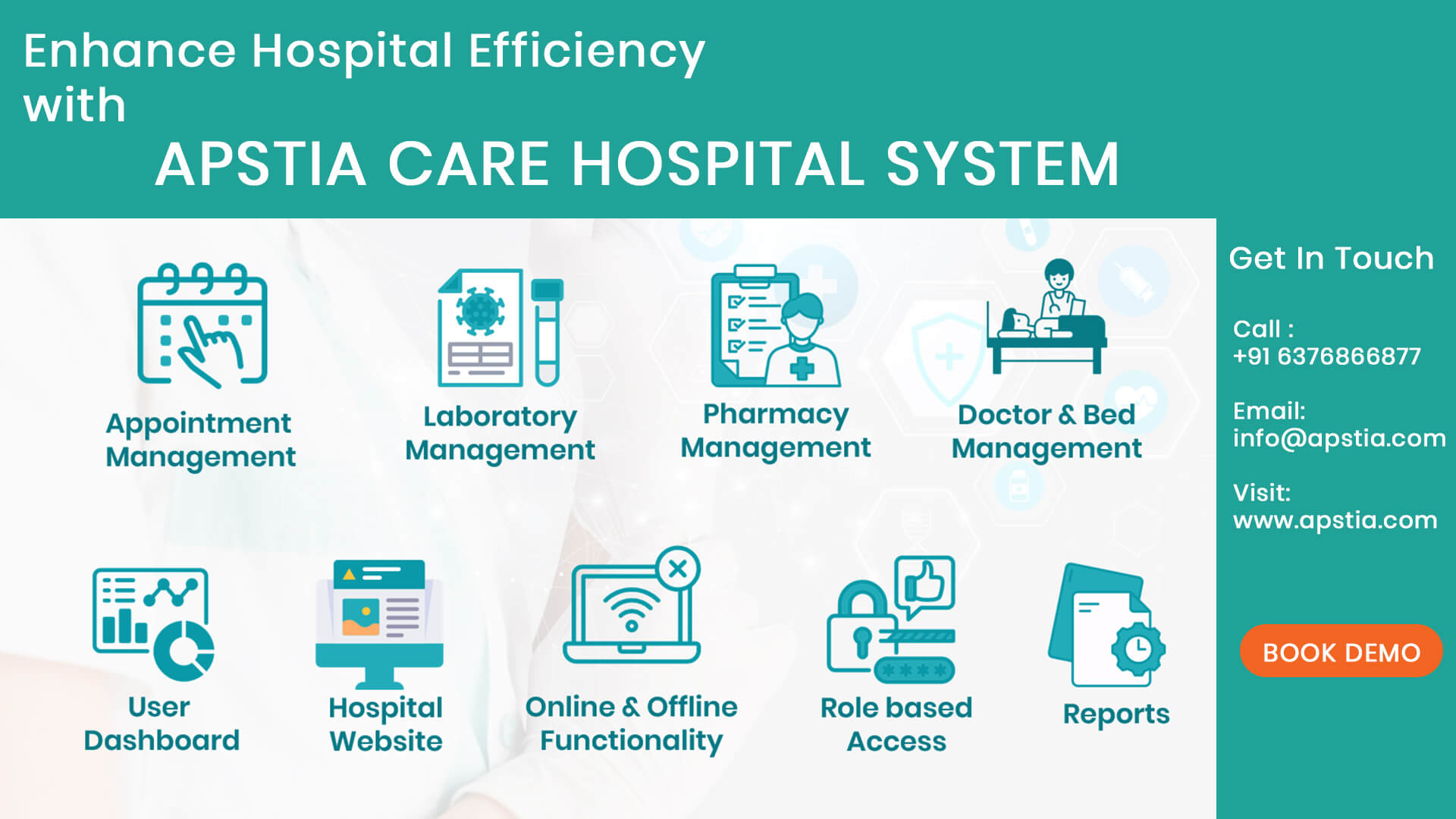Demystifying GRC: A Comprehensive Guide to Governance, Risk Management, and Compliance
In today's complex business landscape, organizations face a myriad of challenges related to governance, risk management, and compliance (GRC). Whether you're a seasoned professional or just starting to explore this field, this comprehensive guide will shed light on the importance, components, and best practices of GRC.
What is GRC ?
At its core, GRC is an integrated approach to managing an organization's governance, risk, and compliance processes. Each of these pillars plays a crucial role in ensuring the organization's success.
- Governance (G) - Governance involves the establishment of clear objectives, defining responsibilities, and establishing policies and procedures. It often includes board oversight to ensure that the organization operates in a responsible and ethical manner.
- Risk Management (R) - Risk management encompasses the identification, assessment, mitigation, and monitoring of risks that could impact the organization's goals. Understanding risk appetite and tolerance is key to effective risk management.
- Compliance (C) - Compliance management focuses on adhering to regulatory requirements, internal policies, and reporting obligations. It involves compliance audits and assessments to ensure that the organization is meeting its obligations.
Importance of GRC and how it helps an organization
- Enhancing Decision-Making - GRC help better decision making by providing a holistic view of risks and compliance obligations.
- Mitigating Risks - GRC empowers an organization to mitigate risk through robust risk management, organizations can prevent costly disruptions and protect their reputation.
- Ensuring Compliance - GRC ensures compliance with regulations and standards, reducing legal and financial risks.
GRC Best Practices
To make the most of GRC, consider these best practices:
Integration: Integrate GRC activities across the organization to avoid silos and ensure consistency.
Automation: Leverage GRC software and automation tools to streamline processes and improve efficiency.
Training and Education: Conduct ongoing training and awareness programs to keep stakeholders informed and engaged in GRC activities.
Challenges and Future Trends
While GRC offers numerous benefits, it comes with its share of challenges, including data security, resource constraints, and evolving regulations. Looking ahead, emerging trends in GRC include the use of artificial intelligence, predictive analytics, and the impact of digital transformation. We at apstia working toward a GRC tool along with other IT infra management system.
Explore Apstia Infinity Deck(AID) to effectively use GRC tool along with our other services to enhance productivity.
Ready to enhance your GRC practices? Explore our GRC services and discover how we can support your organization in achieving compliance, managing risks, and optimizing governance.
Please submit a demo request at [email protected]




